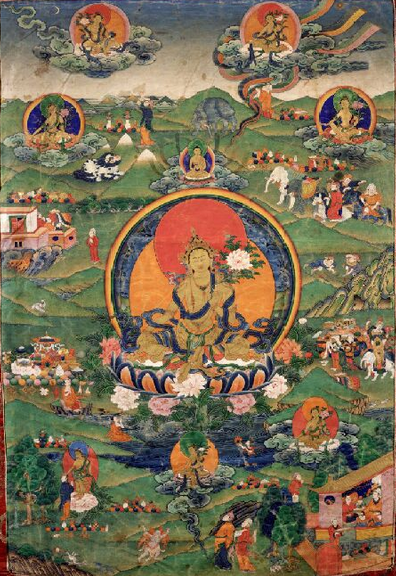
Shakyamuni Buddha: He or she needs to keep in view, fully and in detail, the five aggregate factors of his or her experience and those as devoid of self-establishing nature.
Shakyamuni Buddha: The Heart Sutra

Shakyamuni Buddha: He or she needs to keep in view, fully and in detail, the five aggregate factors of his or her experience and those as devoid of self-establishing nature.
Tib. “Shes-rab snying-po,” Skt: “Bhagavati Prajnaparamita-hrdaya”
These words have I heard. At one time, the Vanquishing Master Surpassing All was dwelling at Vulture Peak Mountain, by the Royal City of Rajagriha, together with a great assembly of the monastic sangha and a great assembly of the bodhisattva sangha.
At that time, the Vanquishing Master Surpassing All was totally absorbed in the absorbed concentration that expresses the multiplicity of phenomena, known as “the appearance of the profound.”
Also at that time, the bodhisattva great-minded mahasattva, the Arya Avalokiteshvara, the Powerful Lord Beholding All Around, conducting his behavior in profound and far-reaching discriminating awareness, was beholding all around, in detail, like this: He was beholding all around, in detail, the five aggregate factors of his experience and even those as devoid of self-establishing nature. Continue reading
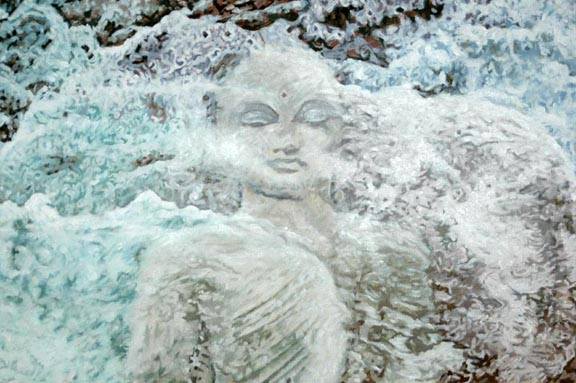 In the language of India, Pratimoksha Sutra.
In the language of India, Pratimoksha Sutra.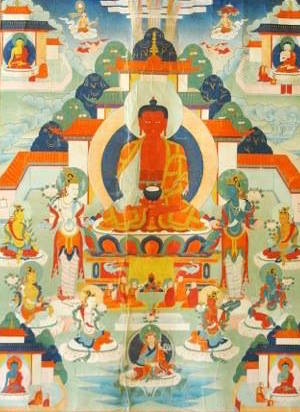 Kalama Sutta
Kalama Sutta 
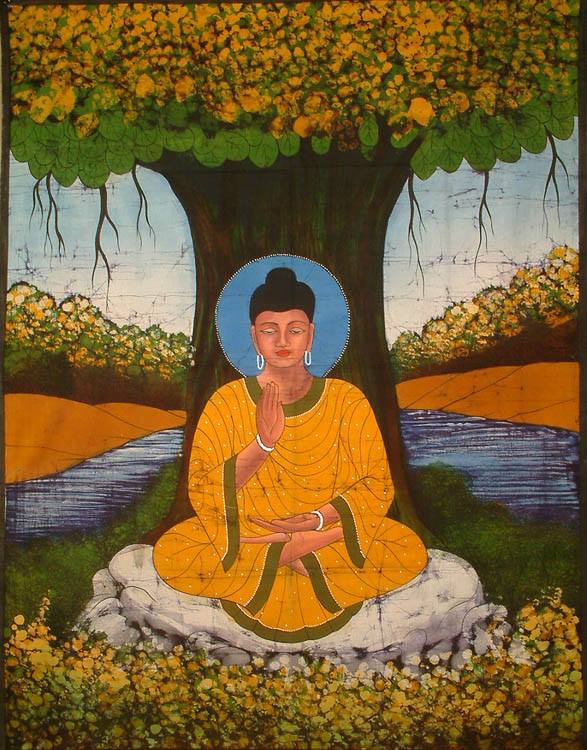
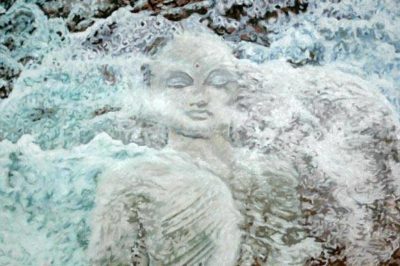 The Noble Mahāyāna Sūtra “The Jewel Mine”, Āryaratnākaranāmamahāyānasūtra,
The Noble Mahāyāna Sūtra “The Jewel Mine”, Āryaratnākaranāmamahāyānasūtra,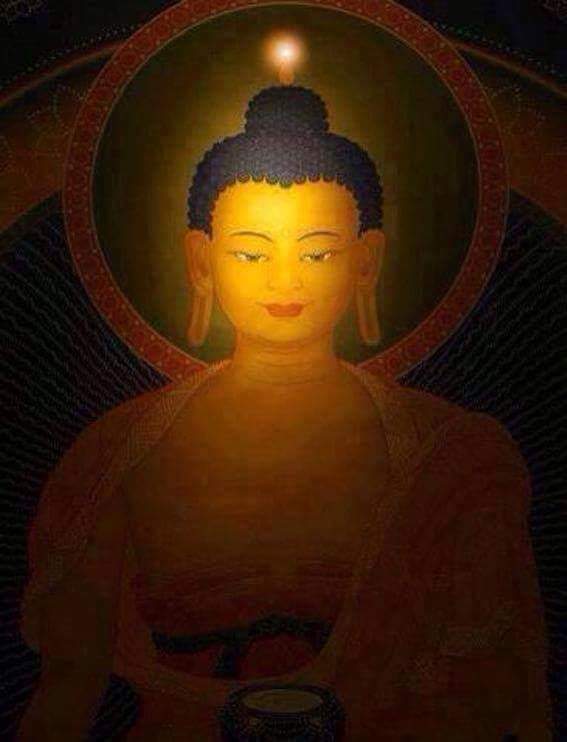
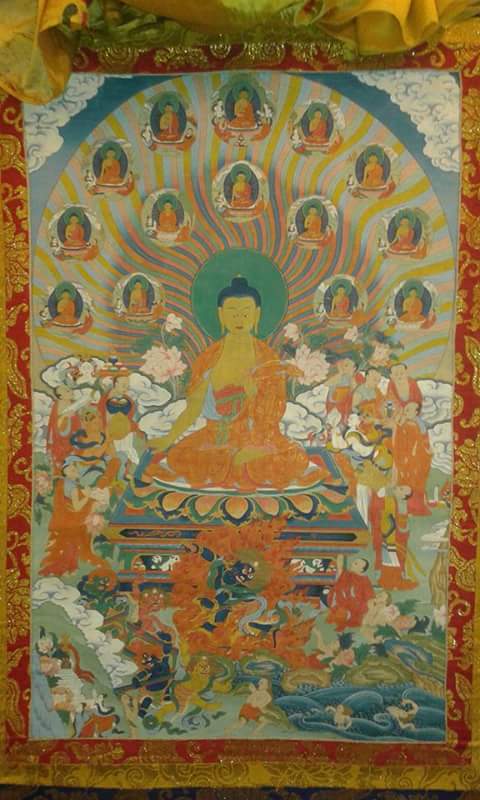 The Sutra of the Exalted Great Glorified Female Being
The Sutra of the Exalted Great Glorified Female Being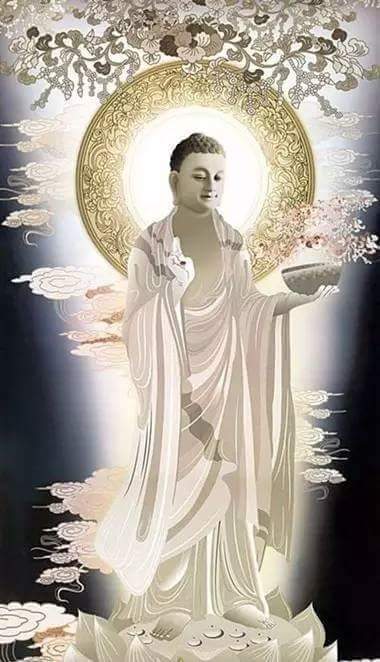 The Buddha:
The Buddha: